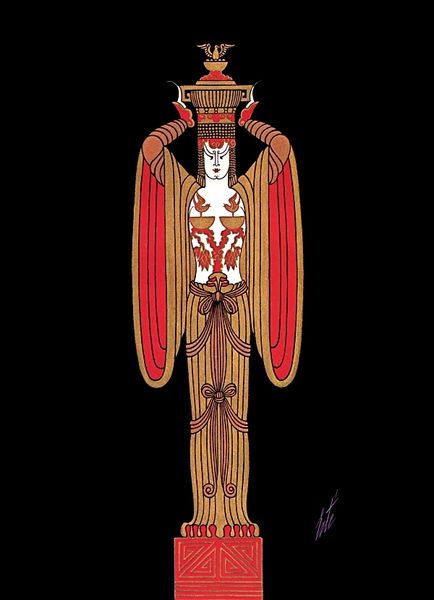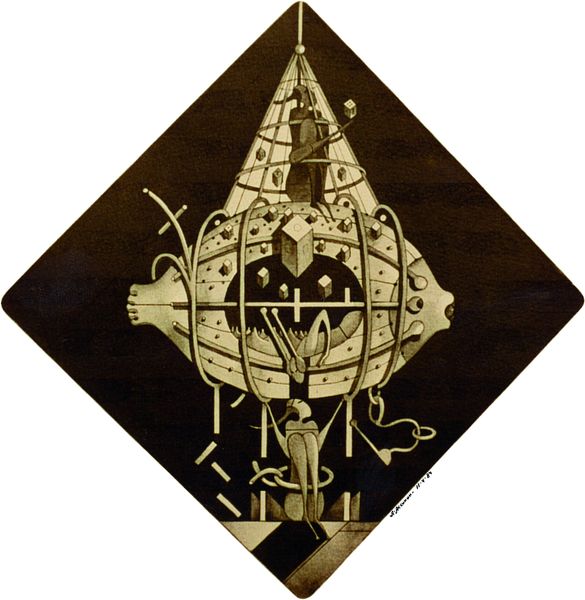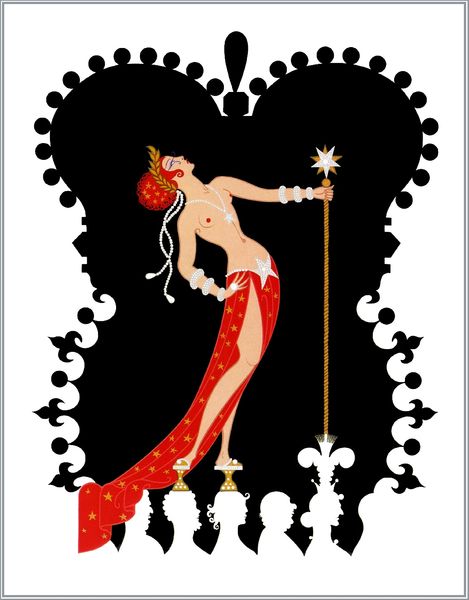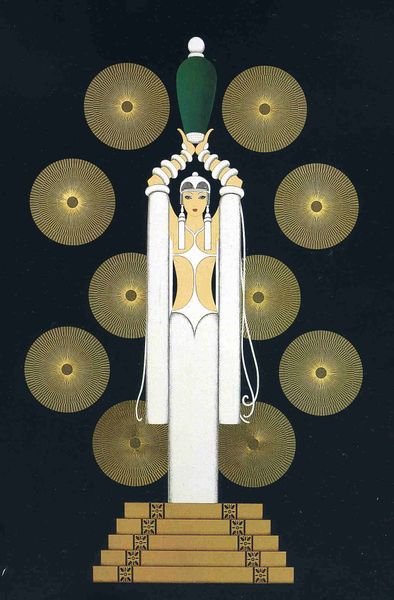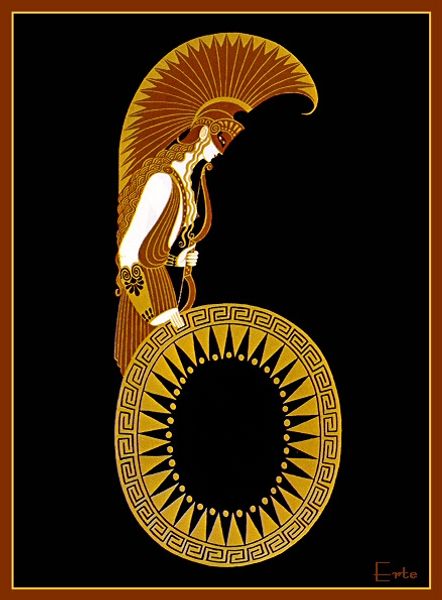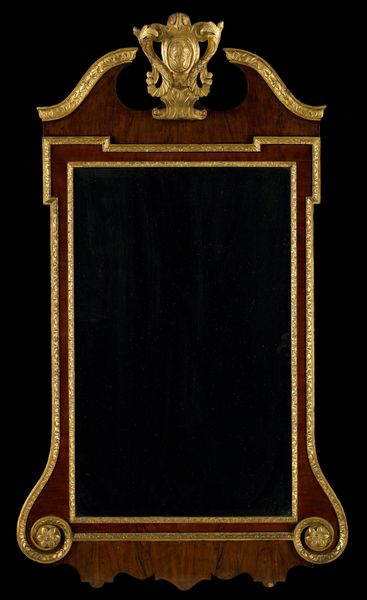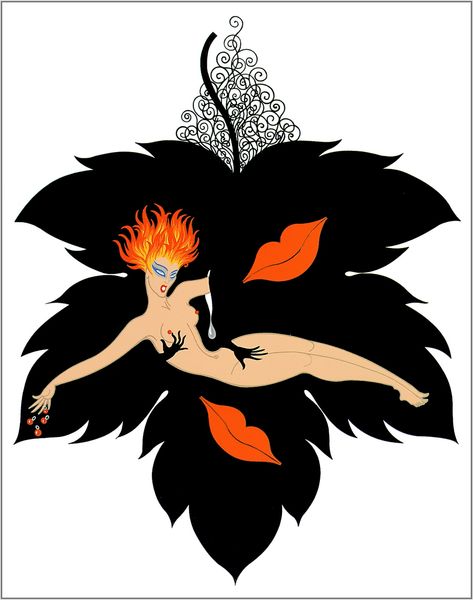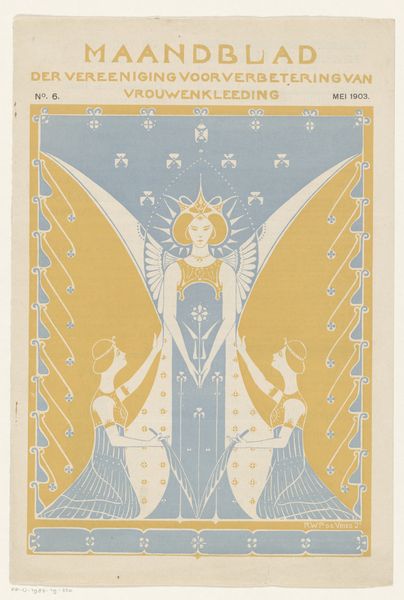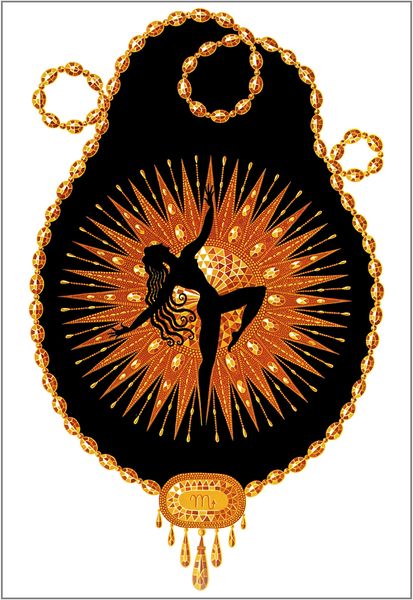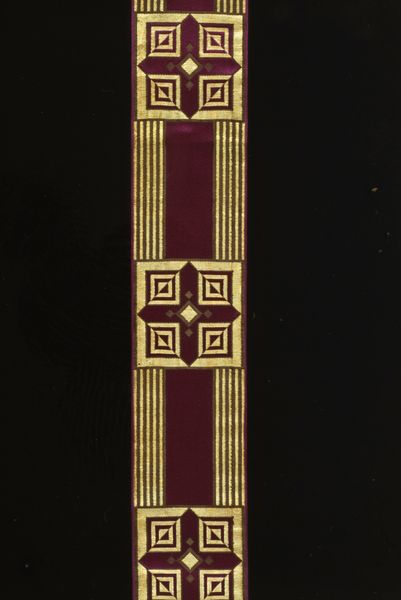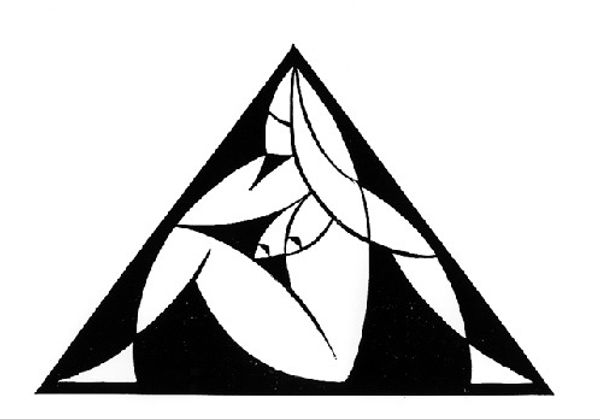
#
portrait
#
art-deco
# print
#
pop art
#
figuration
#
form
#
line
#
decorative-art
Copyright: Erte,Fair Use
Editor: So, this is "Broadway's in Fashion" by Erté; it’s a print, and the date is unknown. It has such a striking, theatrical feel with its bold lines and geometric shapes. What strikes me is its opulence – the elaborate headdress, the jeweled figure, it all feels symbolic. What do you see in this piece? Curator: The immediate symbolism I discern harkens back to classical theater. Look at the masks of comedy and tragedy hovering at the waist of the figure—essential components of the theater since antiquity. Erté subtly integrates those historical motifs into the modern visual language of Art Deco, so it is part old and part new. The whole print invokes cultural memory. Does the composition strike you as symmetrical, yet a bit uneven? Editor: It does, now that you point it out. The figure is centered, but the dancers at the bottom and the masks at the top create asymmetry. Curator: Exactly. That play with balance introduces tension. Note that the curtains are partially drawn. The central figure, bedecked in jewels, acts as both the main performer and, perhaps, the director. There's a meta-theatricality to it. How do you think this asymmetry and opulence would appeal to audiences of that time? Editor: Maybe after the First World War, people sought escape and fantasy. The decorative arts must have fulfilled some need. The print certainly embodies that desire for something beautiful and elegant, even if slightly disorienting. Curator: Precisely. It's a visually arresting encapsulation of its era, where symbolism, memory, and glamour coalesce. Examining art through this lens helps understand collective dreams, fears, and desires as represented in recurring motifs. Editor: This makes me think differently about art deco now. Thanks! I was purely appreciating the style and surface; I see it's deeper than that!
Comments
No comments
Be the first to comment and join the conversation on the ultimate creative platform.
